How Much Water Does It Take To Raise A Cow – Introduction
Have you ever stopped to think about how much water goes into raising a cow? It’s a lot more than you might imagine! In this blog post, we’re going to dive into the world of water usage in the livestock industry and break down just how much water it takes to raise a single cow.
From the water used to grow their feed to the water they drink on a daily basis, you’ll be surprised by the staggering amount of water that goes into producing a single pound of beef. So grab a glass of water and get ready to learn something new about the environmental impact of raising cows!
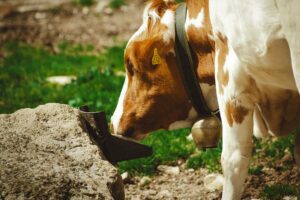

1. The water footprint of a single cow
The water footprint of a single cow includes both direct water consumption for drinking and indirect water use for growing feed crops. When we consider the amount of water it takes to raise a cow, it becomes clear that this process is water-intensive. Cows need plenty of water to stay hydrated and healthy, and the crops grown to feed them also require a significant amount of water.
From providing drinking water to irrigating fields for cultivating feed, the water footprint of raising a cow can add up quickly. It’s essential to be mindful of the impact that livestock farming can have on water resources and explore sustainable practices to mitigate excessive water use in this industry.
The water footprint of a single cow can vary significantly depending on factors such as the type of feed, production practices, and location. So, how much water does it take to raise a cow? Well, when you consider that a cow needs water not only for direct consumption but also for the irrigation of crops grown as feed, the numbers start to add up. The average water footprint for beef production stands at around 1,799 gallons per pound of beef. This includes water used in feed crop cultivation, drinking water for the cows, and processing facilities.
It’s clear that the journey from farm to table involves a considerable amount of water, highlighting the importance of sustainable practices in the beef industry. Understanding the water implications of our food choices can lead us towards more water-efficient and eco-friendly options.
When we think about the water consumption of raising cows, the numbers are certainly eye-opening. On average, it takes around 1,800 gallons of water to produce just one pound of beef. This emphasizes the significant amount of water that is needed to raise cattle and highlights the importance of sustainable practices in the agricultural industry.
As consumers, we have the power to make informed choices and support responsible farming methods that minimize environmental impact. Let’s do our part in conserving this precious resource for future generations.
2. Water requirements for different stages of a cow’s life cycle
Calves in their first 6 months of life need about 2.5 to 3 gallons of water per day to support growth and development. When we think about the water consumption of cows, it’s fascinating to realize how crucial hydration is in raising healthy livestock. From the moment a calf is born, water plays a critical role in ensuring proper nourishment.
As the calves grow, the demand for water increases, showing us just how vital this resource is for their well-being. It’s essential to understand the importance of providing enough water for cows at every stage of their lives to promote their health and growth.
Adult cows can require up to 20 to 30 gallons of water per day, depending on factors such as weight, activity level, and environmental conditions. So, when we talk about how much water does it take to raise a cow, it’s vital to consider the amount needed for their daily consumption. Proper hydration is crucial for the health and well-being of cattle, especially in hot climates where they may need even more water to stay cool and hydrated.
Water not only aids digestion and nutrient absorption in cows but also helps regulate body temperature and maintain overall health. Farmers must ensure that their cows have access to an adequate and clean water supply to support their growth and productivity.
Moreover, when it comes to raising cows, the amount of water they require is dependent on various factors such as age, weight, and climate. However, one thing is for sure – lactating cows have the highest water needs. This makes sense considering their main purpose is to produce milk for their calves. In fact, some lactating cows can consume as much as 25 to 50 gallons of water per day in order to produce enough milk for their young.
Therefore, it is crucial for farmers and ranchers to ensure that their lactating cows have access to clean and plentiful water sources in order for them to thrive and provide nourishing milk for their offspring. So when asking how much water does it take to raise a cow, remember that lactating cows have the highest demand and should be taken care of accordingly.
3. Factors influencing water usage in raising cows
The type of feed consumed by the cow greatly impacts its water consumption, as diets high in dry matter content require more water to aid in digestion. So, when we think about how much water it takes to raise a cow, we have to consider not only the quantity of feed provided but also its quality. A cow’s diet plays a crucial role in determining its water needs, making it essential for livestock farmers to carefully plan and manage the animals’ nutrition.
By understanding the relationship between feed, water consumption, and overall health, farmers can ensure that their cows are adequately nourished and hydrated throughout their growth cycle.
The environmental temperature plays a significant role in water usage, as cows increase their water intake during hot weather to regulate body temperature and prevent dehydration. This adjustment is crucial because a cow’s water consumption can vary depending on factors like size, diet, and lactation status.
On average, a cow can drink anywhere from 20 to 30 gallons of water per day to maintain its health and well-being. This means that water availability and quality are essential considerations for farmers raising cows, as ensuring the animals have enough water is vital for their productivity and overall welfare.
Again, it is important to consider the stage of production when determining how much water a cow needs. As discussed, lactating cows have a higher demand for water due to their dual role of producing milk and maintaining their own bodily functions.
This means that farmers must ensure an adequate supply of fresh water at all times in order to support the health and productivity of their cows. Additionally, gestating cows also have increased water requirements as they are supporting the growth and development of a calf. By understanding these factors and providing enough clean water, we can ensure that cows are properly nourished throughout their life cycle.
In conclusion, while the exact amount may vary depending on various factors, it is clear that proper hydration is crucial in raising healthy and productive cows.
4. Sustainable practices to reduce water consumption in cattle farming
Implementing rotational grazing systems can help optimize water usage by allowing pastures proper time to recover between grazing sessions. This becomes especially important when considering the water footprint of raising livestock, like cows. Have you ever wondered how much water it takes to raise a cow? On average, it is estimated that producing one pound of beef requires approximately 1,800 gallons of water. This staggering figure includes water for the cow to drink, irrigation for the crops they eat, and other factors along the production chain.
By implementing sustainable practices like rotational grazing, we can work towards reducing the overall water footprint of raising cows and contribute to more efficient water management in agriculture.
Also, as we consider the amount of water needed to raise a cow, it’s important to think about ways in which we can reduce water waste and improve efficiency. By employing irrigation methods such as drip irrigation or precision application techniques, we can not only preserve water resources but also ensure that crops receive the necessary moisture for optimal growth.
This not only benefits the environment but also contributes to maintaining sustainable farming practices for our livestock. Let’s continue to explore and implement these solutions as we strive towards responsible and efficient use of water resources in raising cows.
5. Comparing water usage between conventional and grass-fed cattle farming
Conventional cattle farming typically requires 442 gallons of water per day per cow due to water-intensive feed crops like corn and soybeans. Have you ever wondered how much water it truly takes to raise a cow? The process of raising cattle involves various stages that demand significant amounts of water, from growing crops for feed to providing hydration for the animals. In fact, the water footprint of a single cow can be quite substantial throughout its lifecycle.
Understanding the impact of water usage in raising livestock sheds light on the environmental concerns associated with modern agriculture practices. Knowing how much water it takes to raise a cow can lead to more informed decisions regarding sustainable farming methods and water conservation efforts.
Additionally, when considering how much water it takes to raise a cow, it is important to recognize the significant difference between traditional and grass-fed cattle farming.
While conventional methods can require hundreds of gallons of water per day per cow due to the consumption of grain and other supplements, grass-fed cows primarily rely on natural rainfall for hydration. This highlights the sustainability of grass-fed farming practices and their minimal impact on our precious water resources.
So next time you’re thinking about your food choices, remember that choosing grass-fed beef not only benefits your health but also helps conserve our valuable water supply.
6. Implications of water-intensive cattle farming on the environment
Water-intensive cattle farming has been linked to depletion of water resources in regions where this practice is prevalent. When you consider that it can take up to 2,500 gallons of water to produce just one pound of beef, the impact becomes starkly clear.
From providing drinking water to the animals to irrigating the vast amounts of crops needed for their feed, the water footprint of raising cows is significant. This has led to concerns about the sustainability of this industry, especially in arid regions where water scarcity is already a pressing issue. To address this challenge, some farmers are exploring more water-efficient farming practices, such as using innovative irrigation techniques and focusing on drought-resistant crops for livestock feed.
The high water requirements for cattle farming contribute to water pollution through runoff of manure and chemicals used in feed production.
Have you ever thought about how much water it actually takes to raise a cow? Water is essential for the growth of crops that are turned into feed for cattle, and it also plays a crucial role in keeping the animals hydrated and maintaining their overall health. From drinking water to irrigating pastures for grazing, the water footprint of a single cow can be quite significant.When you factor in the additional water needed for cleaning and processing meat, it becomes evident that the water usage in beef production is substantial.
Thus, it is clear that the amount of water required to raise a cow has significant environmental implications. The water-intensive nature of cattle farming not only contributes to water scarcity, but also leads to a degradation of water quality, which can have negative effects on both human and aquatic life.
This highlights the importance of finding sustainable and efficient methods for raising cows in order to minimize the environmental impact and ensure the continued availability of clean water for all. Next time you enjoy a steak or a glass of milk, remember just how much water it took to produce it and consider ways in which we can all work towards responsible and conscientious livestock farming practices. By doing so, we can help protect our planet’s vital resources while still enjoying the products that cows provide us with.
Understanding How Much Water Cattle Consumer : https://m.youtube.com/watch?v=TFWLwP-uYco&pp=ygUqSG93IE11Y2ggV2F0ZXIgRG9lcyBJdCBUYWtlIFRvIFJhaXNlIEEgQ293


Conclusion
In conclusion, the water requirements for raising a cow vary depending on factors such as age, weight, diet, and environmental conditions. While estimates suggest that a cow may consume anywhere from 5 to 30 gallons of water per day, ensuring access to clean and adequate water is essential for their health and well-being. Proper hydration is crucial for digestion, nutrient absorption, thermoregulation, and overall metabolic functions in cows.
By understanding and meeting their water needs, farmers can promote the health, productivity, and welfare of their cattle, contributing to sustainable and efficient livestock management practices.
More Links :
Do Cows Dislike the Smell of Their Own Waste? Cows and Their Dung: https://animfarm.com/do-cows-dislike-the-smell-of-their-own-waste/?amp=1
Is Milking Good for Cows? The Red Hot Debate!: https://animfarm.com/is-milking-good-for-cows-the-red-hot-debate/?amp=1
Clover Poisonous To Cows: Understanding the Dangers: https://animfarm.com/clover-poisonous-to-cows/?amp=1

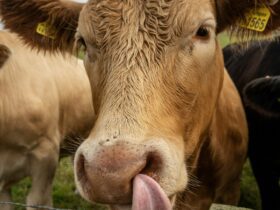
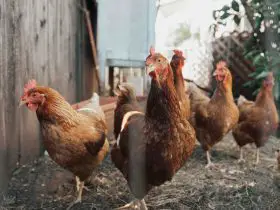
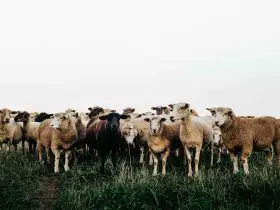
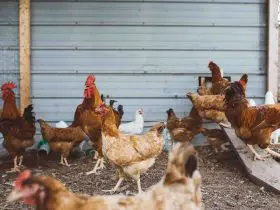
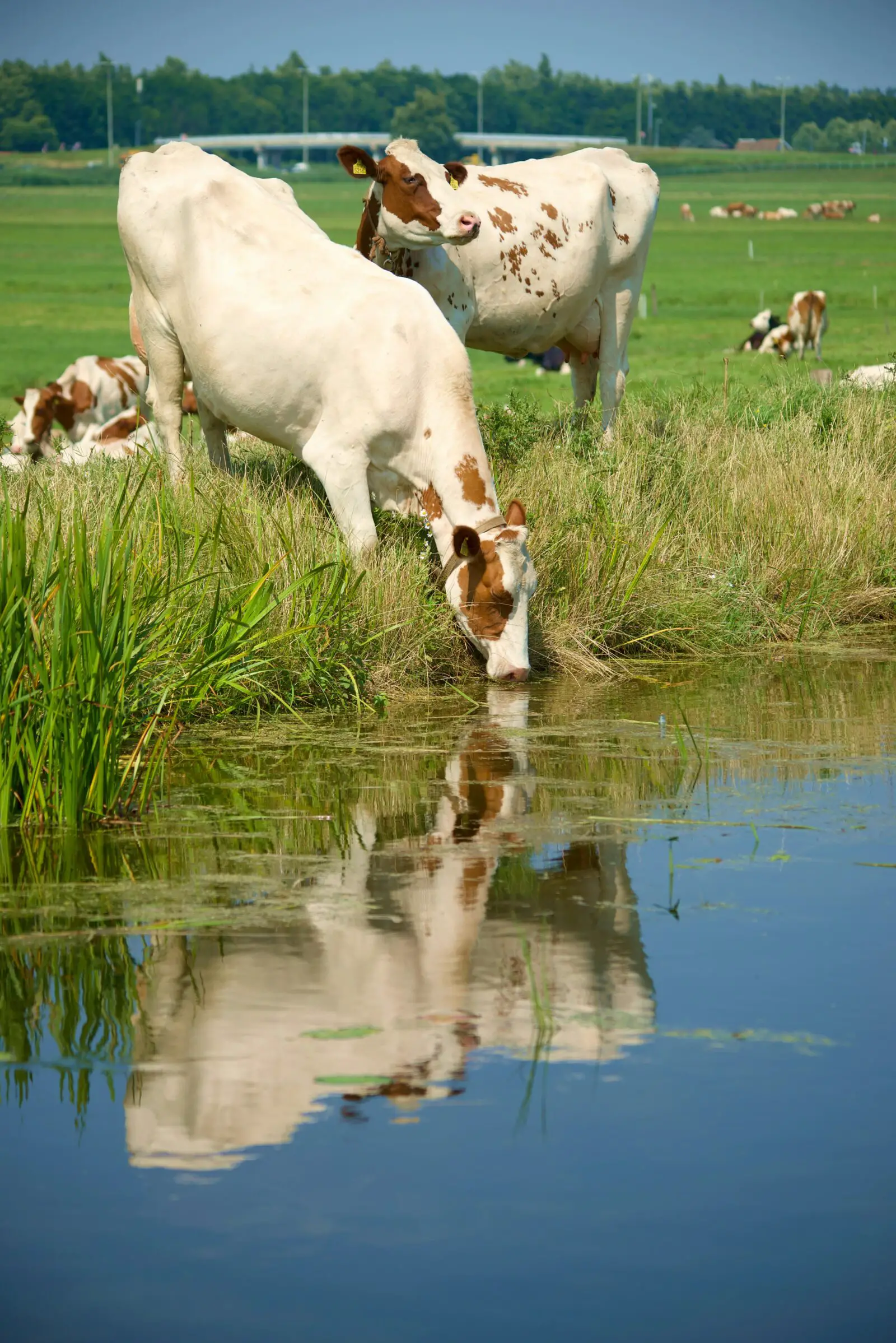
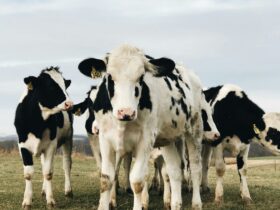

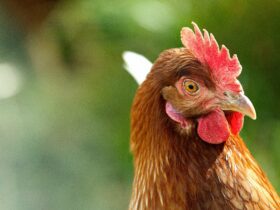
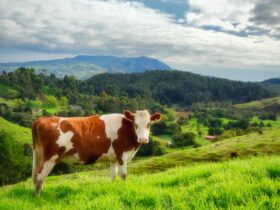


Hello!! Welcome to Anim Farm